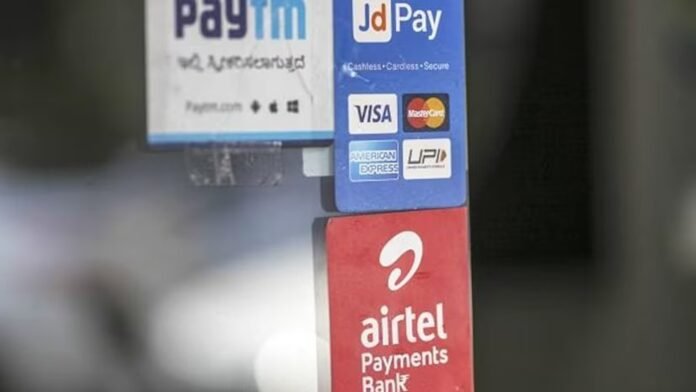A recent report by PwC has projected that the Unified Payments Interface (UPI) will dominate the retail digital payments landscape in India, accounting for a staggering 90% of transactions by the fiscal year 2026-27. The report highlights the rapid growth and adoption of UPI as a preferred mode of payment, signaling a significant shift towards a cashless economy.
UPI, a mobile payment system developed by the National Payments Corporation of India (NPCI), has revolutionized the way individuals and businesses conduct financial transactions. Its user-friendly interface, seamless integration with various banking applications, and secure authentication methods have made it the preferred choice for digital payments in the country.
According to the PwC report, UPI’s impressive growth trajectory will propel it to account for a substantial majority of retail digital payments within the next few years. Factors such as the rising smartphone penetration, increasing internet connectivity, and government initiatives promoting digitalization have contributed to UPI’s widespread adoption among consumers and merchants.
The report further predicts that the continued innovation in the digital payments ecosystem, coupled with the growth of financial technology (fintech) companies and the integration of UPI into various sectors, will fuel its dominance in the retail payment space. The convenience, speed, and security offered by UPI make it an attractive option for businesses and consumers alike.
This projected shift towards UPI reflects the changing landscape of retail payments in India. The traditional reliance on cash transactions is gradually giving way to digital modes of payment, driven by factors such as convenience, improved financial inclusion, and the need for contactless transactions in the wake of the COVID-19 pandemic.
As UPI gains further prominence, it is expected to bring numerous benefits to the economy, including increased transparency, reduced black-market transactions, and improved efficiency in the financial system. The report suggests that the proliferation of UPI will contribute to the government’s broader goal of creating a digital, inclusive, and cashless economy.
However, challenges such as cybersecurity, data privacy, and ensuring access to digital payment infrastructure in remote areas need to be addressed to fully leverage the potential of UPI and achieve a comprehensive digital payments ecosystem across the country.
As India continues its digital transformation journey, the projected dominance of UPI in retail digital payments signifies a significant milestone. With ongoing advancements and a conducive policy environment, UPI is poised to shape the future of financial transactions, driving India towards a more inclusive and digitally empowered economy.



